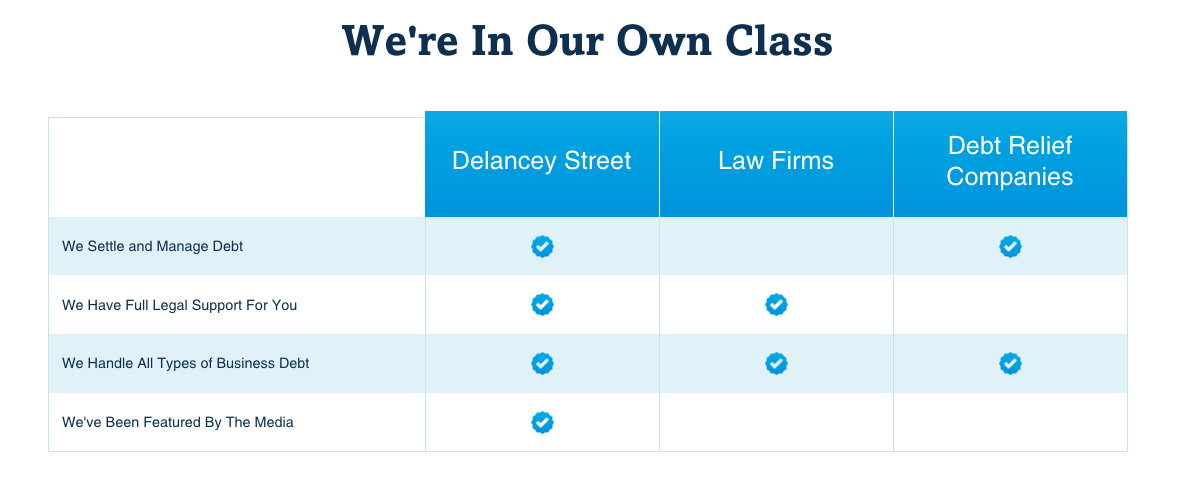How Are 529 Plans Taxed? Your Complete Guide
Introduction
You’re saving for your child’s college education. And you’ve heard 529 plans offer major tax benefits. But, how exactly are 529 plans taxed? What are the rules you need to know?In this comprehensive guide, we’ll break down everything about 529 plan taxes. From contributions, to growth, to withdrawals – we‘ve got you covered. Let’s dive in and make sure you maximize those tax savings!
529 Plan Tax Advantages
Tax-Deferred Growth
One of the biggest perks of 529 plans? Tax-free growth on your investments. That’s right – unlike a regular savings account, you won’t pay taxes each year on dividends and capital gains. Your money gets to grow tax-deferred.This can make a huge difference over time:
 -
-| Account Type | Initial Investment | Years | Assumed Annual Return | Value After 18 Years |
|---|---|---|---|---|
| Taxable Account | $10,000 | 18 | 6% | $28,543 |
| Tax-Deferred 529 Plan | $10,000 | 18 | 6% | $32,071 |
By avoiding those yearly taxes, your 529 balance can really snowball. More money for college!
Tax-Free Withdrawals
It gets even better. When it’s time to pay for college, you can take tax-free withdrawals from your 529. As long as the money goes towards qualified education expenses, you won’t owe any federal taxes. No income tax on your earnings!Qualified expenses include:
- Tuition & fees
- Books & supplies
- Computers & internet
- Room & board (for students enrolled half-time or more)
So don’t sweat that tuition bill. Your 529 withdrawals won‘t add to your tax burden.
State Tax Deductions
Many states sweeten the deal even more, offering tax deductions or credits for 529 contributions. Over 30 states plus D.C. have some kind of benefit. A few examples:
 -
-| State | Deduction/Credit | Maximum (Single) | Maximum (Joint) |
|---|---|---|---|
| New York | Deduction | $5,000 | $10,000 |
| Illinois | Deduction | $10,000 | $20,000 |
| Indiana | Credit | 20% of contributions up to $5,000 | 20% of contributions up to $5,000 |
These state perks are like a bonus on top of the federal benefits. Be sure to look up the rules for your state. You could shave hundreds or thousands off your state tax bill!
529 Plan Contributions
No Federal Tax Deduction
Here’s one thing to note – there‘s no federal tax deduction for 529 contributions. Unlike retirement accounts like 401(k)s or IRAs, you can‘t deduct 529 deposits from your federal taxes.But remember, that money still gets to grow tax-deferred. And you may qualify for a state tax benefit. So while there’s no federal deduction, 529s are still a tax-advantaged way to save.
Gift Tax Rules
Contributions to a 529 plan are considered gifts for tax purposes. But there are pretty generous limits before any gift tax kicks in:
- Individuals can give up to $17,000 per year (as of 2023)
- Married couples can give up to $34,000 per year
And 529s have a special rule that lets you combine 5 years of gifts into one. So an individual could contribute up to $85,000 in one shot without triggering gift taxes. You just need to file a gift tax return to report it.These high limits make it easy for parents, grandparents, and others to help fund a 529. Without any major gift tax headaches.
No Income Limits
Another 529 advantage – there are no income limits for contributions. Anyone can open a 529 account, regardless of how much they earn.Unlike Roth IRAs which phase out at higher incomes, 529s are an option for all families. Low-income, high-income, and everyone in between. You can invest in any state’s plan, too – not just your own.The only cap is the overall limit each state sets for balances. Most range from $300,000-500,000 per beneficiary. So there’s plenty of room for your college savings to grow!
 -
-529 Plan Withdrawals
Qualified Withdrawals
We’ve touched on this, but let’s recap. Withdrawals from a 529 plan are tax-free if they’re used for qualified education expenses. That includes costs like:
- College tuition & fees
- Books & supplies
- Equipment like computers
- Room & board (if enrolled half-time+)
- Up to $10k/year for K-12 tuition
As long as your withdrawals match up with these expenses, you’re in the clear. No federal or state income taxes. And in most cases, no penalties either.Just make sure to keep good records of your expenses. You may need to prove your withdrawals were qualified if the IRS comes calling.
Non-Qualified Withdrawals
What if you take money out of a 529 for something besides college costs? That’s considered a non-qualified withdrawal. And there are some tax consequences:
 -
-- Earnings portion is subject to federal income tax
- Earnings also hit with 10% penalty tax
- May owe back state tax deductions or credits
Basically, you‘ll owe regular income taxes on the growth in your account. Plus an extra 10% penalty on top of that. And you could lose any state tax perks you’ve claimed over the years.There are a few exceptions to the penalty, like if the beneficiary:
- Gets a scholarship
- Attends a U.S. Military Academy
- Dies or becomes disabled
But in general, it’s best to avoid non-qualified withdrawals if you can. Stick to using that 529 money for college to dodge those extra taxes.
Timing of Withdrawals
One common question – when should you take 529 withdrawals? The answer is, it depends on your situation. But a few general tips:
- Try to take withdrawals in the same calendar year as expenses
- Avoid withdrawing more than your qualified expenses in a year
- Consider spreading withdrawals over 4+ years to stay in lower tax bracket
The key is to match up your withdrawals with your actual college costs. If you withdraw too much in one year, the excess could be taxable. So it’s often better to spread things out.Of course, every family is different. Definitely talk to a tax pro or financial advisor about the best timing for your 529 withdrawals. They can help you navigate the rules and maximize your savings.
Rollovers and Beneficiary Changes
Rollover to Another 529 Plan
What if you want to switch to a different 529 plan? Maybe you’ve moved states, or found a plan with better investment options. You can typically rollover funds from one 529 to another without triggering taxes.Just make sure to:
- Complete the rollover within 60 days of withdrawal
- Transfer between accounts for the same beneficiary
- Limit rollovers to once every 12 months
As long as you follow those rules, you can move your money between 529s tax-free. The IRS treats it like the funds are still in the original account. No need to report it on your tax return either.
Change of Beneficiary
Another option is to change the beneficiary on your 529 account. Maybe the original student has finished school, and now you want to use funds for a younger sibling. In most cases, you can switch beneficiaries without any tax impact.The key is to choose a qualifying family member of the original beneficiary. That includes their:
- Siblings
- Parents
- Grandparents
- Aunts & uncles
- Nieces & nephews
- First cousins
- Spouse
As long as the new beneficiary fits one of those categories, you‘re good to go. No taxes or penalties for making the change. And the 529 funds can keep growing until the new student is ready for college.
Interaction with Other Education Benefits
Coverdell ESAs
Coverdell Education Savings Accounts (ESAs) are another tax-advantaged option for college savings. They work a lot like 529s, with tax-free growth and withdrawals for education expenses.The main differences are:
- Lower contribution limits ($2,000 per year)
- Income limits for contributors
- Can be used for K-12 expenses too
You’re allowed to contribute to both an ESA and 529 for the same student. But keep in mind the $2,000 ESA limit if you‘re funding both in the same year.When it’s time to withdraw, you can’t “double dip” the tax benefits. So if you take an ESA withdrawal, make sure to use 529 funds for different expenses. That way everything stays tax-free.
Education Tax Credits
The American Opportunity Tax Credit (AOTC) and Lifetime Learning Credit can also help with college costs. These credits directly lower your tax bill, dollar for dollar. But there are a few things to know:
- AOTC is worth up to $2,500 per student
- Lifetime Learning Credit is worth up to $2,000 per return
- Can claim for expenses like tuition, fees, books, and supplies
- Income limits to qualify
You can use 529 funds and claim education credits in the same year. Just make sure to use them for different expenses. For example:
| Expense | Amount | Paid From |
|---|---|---|
| Tuition | $10,000 | 529 Plan |
| Textbooks | $1,000 | Credit Card (claim AOTC) |
By splitting it up like this, you can take advantage of both benefits. Without running afoul of the IRS double-dipping rules.







